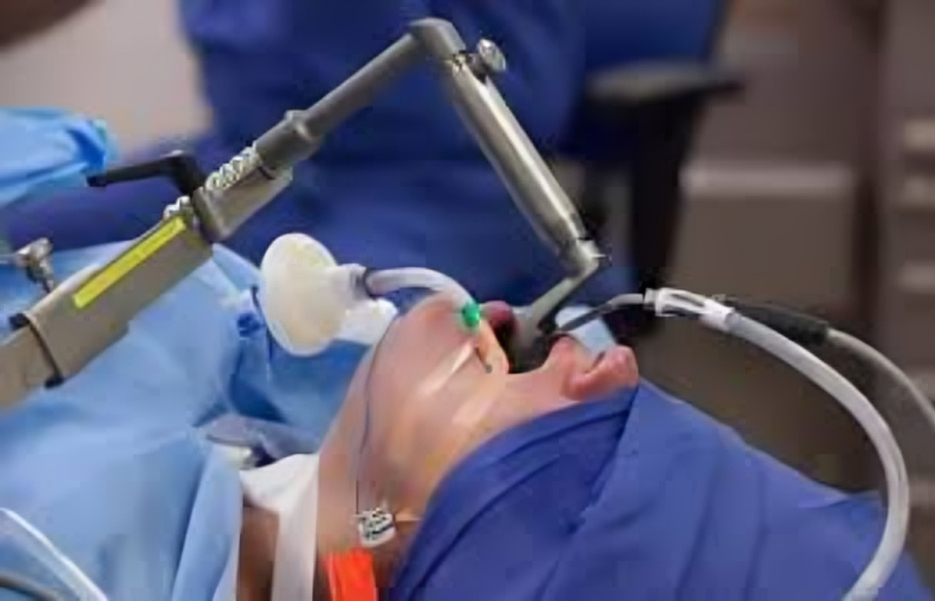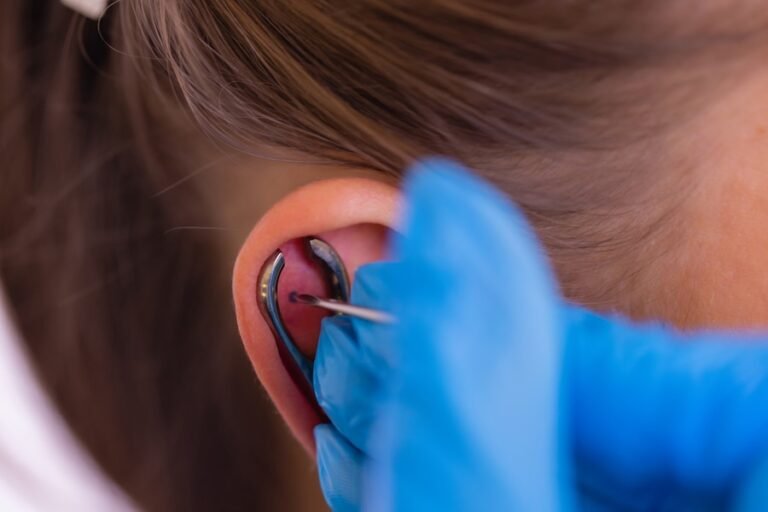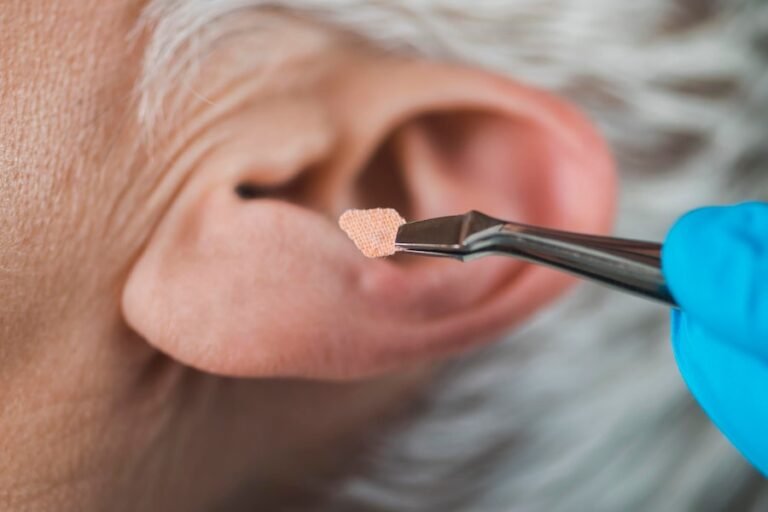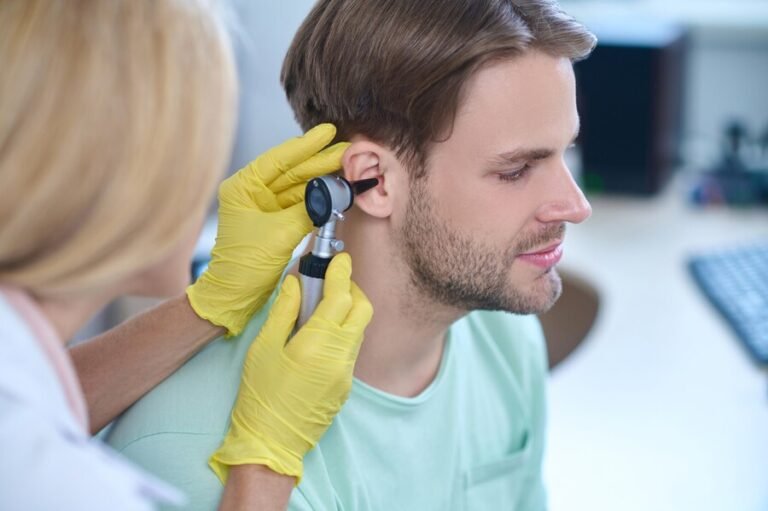Microlaryngeal Surgery: Precision and Innovation in Vocal Cord Care.
Microlaryngeal surgery, a specialized branch within otolaryngology, focuses on the diagnosis and treatment of disorders affecting the larynx, particularly the vocal cords. This article explores the significance of micro-laryngeal surgery, its applications, and the transformative impact it has on restoring vocal health.
To Know More About It Please Click Here
- The Larynx and Vocal Cord Health:
- The larynx, housing the vocal cords, plays a crucial role in speech, breathing, and swallowing.
- Vocal cord disorders, often resulting from nodules, polyps, cysts, or tumors, can significantly impact voice quality and function.
- Role of Microlaryngeal Surgery:
- Micro laryngeal surgery employs minimally invasive techniques, utilizing micro-instruments and specialized scopes for precise visualization.
- Common procedures include the removal of vocal cord lesions, the correction of structural abnormalities, and the treatment of certain laryngeal cancers.
- Indications for Microlaryngeal Surgery:
- Benign Lesions: Nodules, polyps, cysts, and granulomas that affect vocal cord function.
- Structural Abnormalities: Conditions like laryngeal web or scar tissue that may impede vocal cord movement.
- Malignancies: Micro laryngeal surgery can be employed in the early stages of laryngeal cancer for both diagnosis and treatment.
- Diagnostic Microlaryngoscopy:
- In cases where the cause of vocal cord dysfunction is unclear, micro-laryngoscopy allows direct visualization of the larynx for diagnostic purposes.
- Biopsies can be performed during this procedure to identify and confirm the nature of any abnormalities.
- Microsurgical Techniques:
- Cold Steel Microsurgery: Traditional microsurgical techniques involving precise incisions using small instruments.
- Lasers: Laser technology is often employed for tissue removal, vaporization, or coagulation, minimizing damage to surrounding healthy tissue.
- Advantages of Microlaryngeal Surgery:
- Preservation of Function: Minimally invasive approaches help preserve vocal cord function and reduce the risk of scarring.
- Faster Recovery: Patients often experience shorter recovery times compared to traditional open surgeries.
- Enhanced Precision: Micro-instruments and specialized scopes enable precise targeting of affected areas.
- Postoperative Care and Rehabilitation:
- Voice Therapy: Collaborative efforts with speech-language pathologists facilitate postoperative voice therapy to optimize vocal outcomes.
- Patient Education: Understanding postoperative care, including voice rest and lifestyle modifications, is crucial for successful recovery.
- Future Trends and Innovations:
- Ongoing research focuses on refining microsurgical techniques, incorporating robotics, and exploring regenerative therapies to further enhance treatment outcomes.
To Know More About It Please Click Here
Conclusion: Micro laryngeal surgery stands as a testament to the delicate balance of precision and innovation in the field of otolaryngology. Through targeted interventions, this specialized approach not only addresses vocal cord disorders but also preserves and restores the intricate functions of the larynx. As technology advances and our understanding deepens, micro-laryngeal surgery continues to be a cornerstone in the comprehensive care of individuals seeking to regain and maintain optimal vocal health.
Microlaryngeal surgery, a specialized branch within otolaryngology, focuses on the diagnosis and treatment of disorders affecting the larynx, particularly the vocal cords. This article explores the significance of micro-laryngeal surgery, its applications, and the transformative impact it has on restoring vocal health.
- The Larynx and Vocal Cord Health:
- The larynx, housing the vocal cords, plays a crucial role in speech, breathing, and swallowing.
- Vocal cord disorders, often resulting from nodules, polyps, cysts, or tumors, can significantly impact voice quality and function.
- Role of Microlaryngeal Surgery:
- Micro laryngeal surgery employs minimally invasive techniques, utilizing micro-instruments and specialized scopes for precise visualization.
- Common procedures include the removal of vocal cord lesions, the correction of structural abnormalities, and the treatment of certain laryngeal cancers.
- Indications for Microlaryngeal Surgery:
- Benign Lesions: Nodules, polyps, cysts, and granulomas that affect vocal cord function.
- Structural Abnormalities: Conditions like laryngeal web or scar tissue that may impede vocal cord movement.
- Malignancies: Micro laryngeal surgery can be employed in the early stages of laryngeal cancer for both diagnosis and treatment.
- Diagnostic Microlaryngoscopy:
- In cases where the cause of vocal cord dysfunction is unclear, micro laryngoscopy allows direct visualization of the larynx for diagnostic purposes.
- Biopsies can be performed during this procedure to identify and confirm the nature of any abnormalities.
- Microsurgical Techniques:
- Cold Steel Microsurgery: Traditional microsurgical techniques involving precise incisions using small instruments.
- Lasers: Laser technology is often employed for tissue removal, vaporization, or coagulation, minimizing damage to surrounding healthy tissue.
- Advantages of Microlaryngeal Surgery:
- Preservation of Function: Minimally invasive approaches help preserve vocal cord function and reduce the risk of scarring.
- Faster Recovery: Patients often experience shorter recovery times compared to traditional open surgeries.
- Enhanced Precision: Micro-instruments and specialized scopes enable precise targeting of affected areas.
- Postoperative Care and Rehabilitation:
- Voice Therapy: Collaborative efforts with speech-language pathologists facilitate postoperative voice therapy to optimize vocal outcomes.
- Patient Education: Understanding postoperative care, including voice rest and lifestyle modifications, is crucial for successful recovery.
- Future Trends and Innovations:
- Ongoing research focuses on refining microsurgical techniques, incorporating robotics, and exploring regenerative therapies to further enhance treatment outcomes.
Conclusion: Micro laryngeal surgery stands as a testament to the delicate balance of precision and innovation in the field of otolaryngology. Through targeted interventions, this specialized approach not only addresses vocal cord disorders but also preserves and restores the intricate functions of the larynx. As technology advances and our understanding deepens, micro laryngeal surgery continues to be a cornerstone in the comprehensive care of individuals seeking to regain and maintain optimal vocal health.








